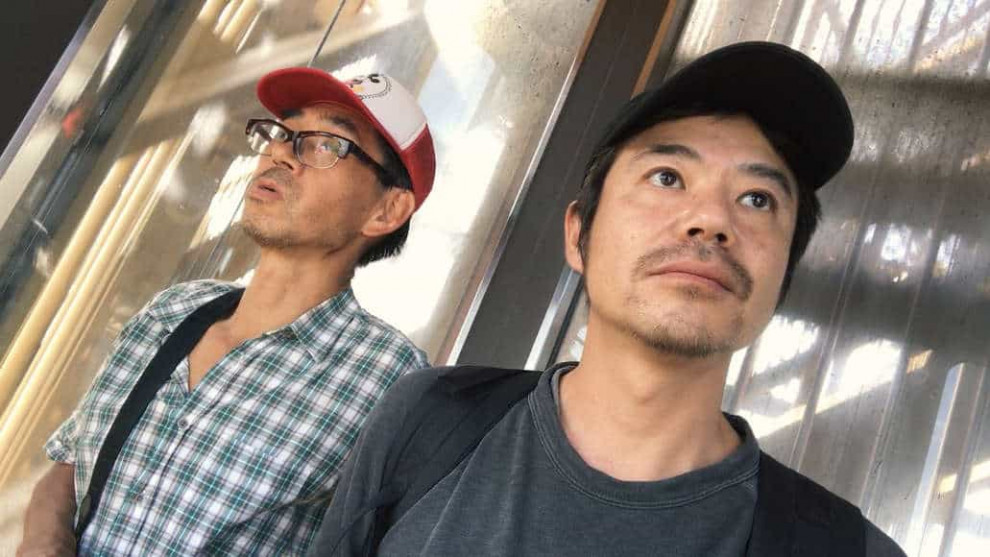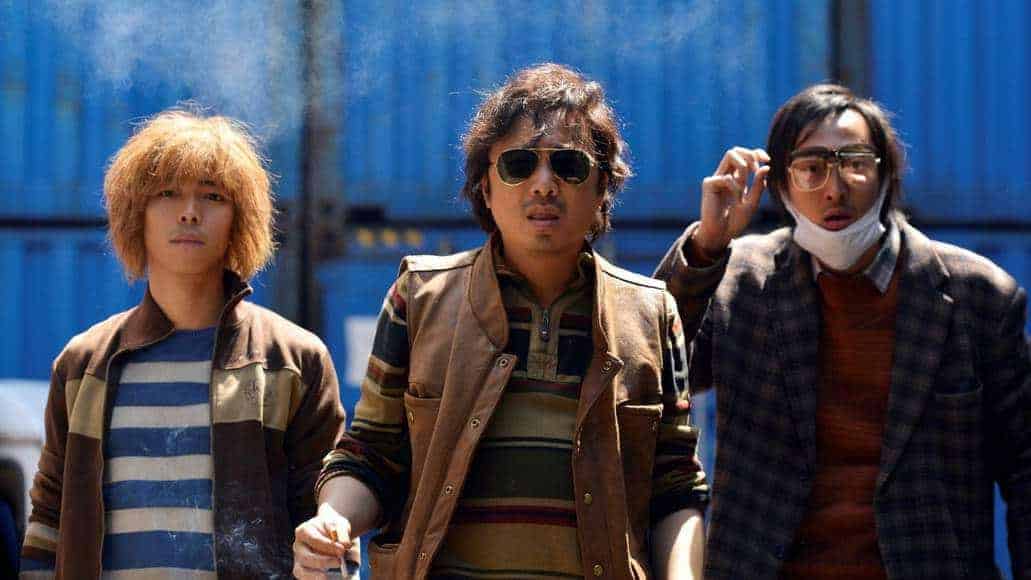During his many years observing and studying people with mental and behavioral disorders, neurologist and author Oliver Sacks was able to tell amazing stories about the unique view on the world his many patients had. For instance, while many would watch a politician's speech unable to see through the truth hidden behind rhetoric decorum and euphemisms, many of his patients diagnosed with various disorders would look past the words, concentrating on aspects such as body language and emphasis finally coming to the conclusion that the words and the behavior of the speaker do not add up. Even for those without medical training, talking to people with developmental disorders can prove to be quite eye-opening for they often reveal a unique view on the world, although their surroundings mostly reduce them to them being “not normal”.
“What Can You Do About It?” is screening at Nippon Connection 2020
In his documentary “What Can You Do About It?” Japanese filmmaker Yoshifumi Tsubota, who was diagnosed with ADHD when he was 41 years old, portrays the daily life of one of his father's cousin named Makoto who lives with Pervasive Developmental Disorder (PDD). Over the course of three years, he films his meetings with Makoto, from trips to toy stores, visits from other family members and the various renovation projects around the house. Besides documenting how their disorders prevents them from living a normal life in the eyes of others, Tsubota also highlights their perspective on the world. Above all, the images of his film follow how the two men become friends, both willing to face the world and challenge the common perspective of what is normal.
During one of the most telling scenes in Tsubota's two-hour-documentary, he presents a visit from a social worker in Makoto's house. Frequently, his father's cousin has been seen littering the streets with plastic bags he throws into the wind, a behavior Makoto knows is wrong, but is unable to stop at times. He cannot help himself, he explains to Tsubota and the social worker, since these incidents, like the one time he lit up several matches in his yard, just happen almost subconsciously. After the social worker is gone, he explains to his relative how the image of the bags flying in the wind, their “dance”, twists and turns fascinate him, an explanation combined with an animated sequence showing what Makoto is trying to explain. Even though he knows this behavior is perceived as wrong and unacceptable by some, he also cannot deny his fascination with the bags in the wind.
This is just one example of a variety of scenes in which what is perceived as normal clashes with the reality of Makoto and Yoshifumi. In the eyes of the world, their disorder is a label, a mode of perception of others who put many of the things they do under the microscope, as what might be normal or harmless for a normal person, might be a threat or potentially harmful when done by someone like Makoto. While sometimes both men understand how their actions are abnormal and have to be controlled, there are other times when this results in quite a disruption of their world; for example, when a female relative scolds Makoto for having dirty magazines in his house, believing he might “get ideas”.
Even though you might be rightfully skeptical about a film being shot entirely via smartphone, especially as it is visually not that appealing, there is no denying it adds to the authenticity of the movie. At the same time, this quite sobering visual approach adds to the overall tone of the documentary which portrays two people coping with life, meeting other people and becoming friends, sometimes with deadpan, everyday humor. It is a narrative and visual approach showing things the way they are without the unnecessary addition of sentimentality or romanticizing matters, because as the title of the film suggests, you cannot help certain things, but you can learn to cope with them.
“What Can You Do About It?” is a documentary offering a unique, unsentimental view on people living with disorders and their daily life. Above all, it is a story of a friendship between two men, their way of coping with disorders and what is perceived as being normal by their surroundings. Even though its running time of two hours is a bit excessive at times and some scenes feel a bit redundant, there are still many moments which are quite touching, revealing and quite funny as well.














